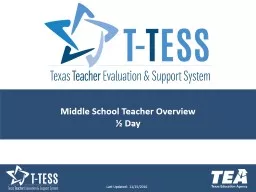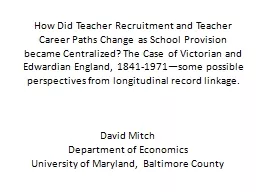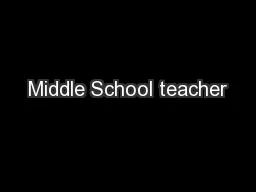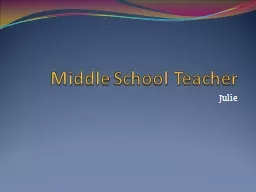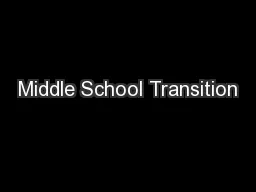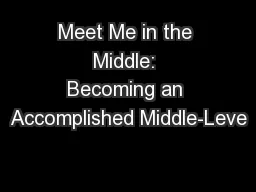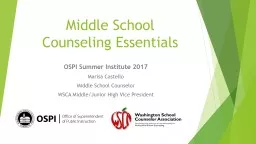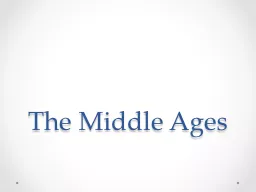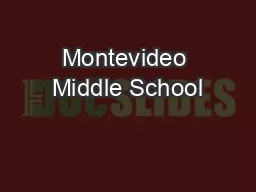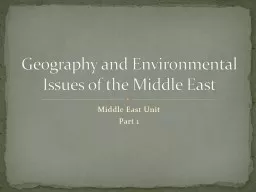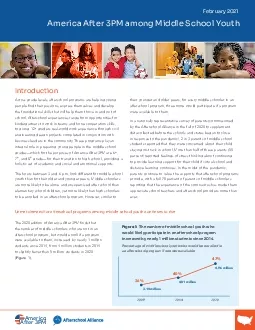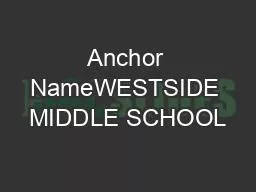PPT-Middle School Teacher Overview
Author : cheryl-pisano | Published Date : 2018-11-08
½ Day The teachers will b ecome familiar with the TTESS process b egin to move from procedural to conceptual in understanding how the domains dimensions descriptors
Presentation Embed Code
Download Presentation
Download Presentation The PPT/PDF document "Middle School Teacher Overview" is the property of its rightful owner. Permission is granted to download and print the materials on this website for personal, non-commercial use only, and to display it on your personal computer provided you do not modify the materials and that you retain all copyright notices contained in the materials. By downloading content from our website, you accept the terms of this agreement.
Middle School Teacher Overview: Transcript
Download Rules Of Document
"Middle School Teacher Overview"The content belongs to its owner. You may download and print it for personal use, without modification, and keep all copyright notices. By downloading, you agree to these terms.
Related Documents

